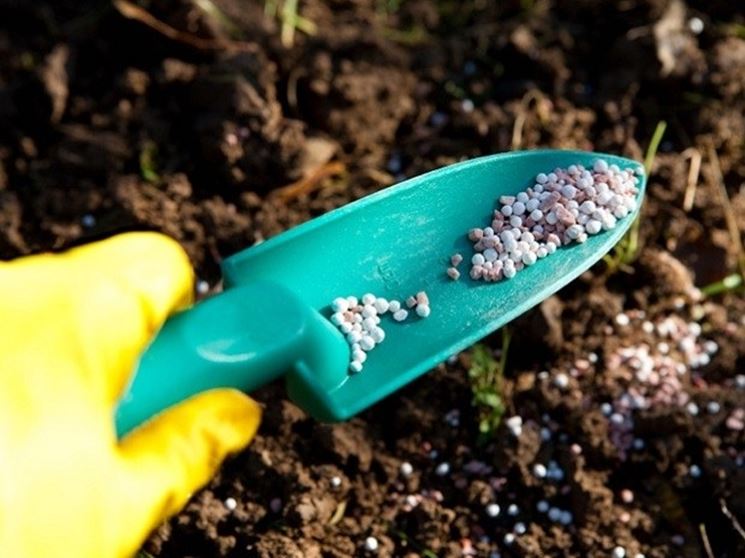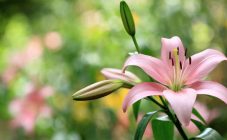Content:
Due to the pronounced pattern on the surface of the leaf plates, the appearance of a tiger begonia recalls the outline of a tiger's color. Each leaf is a palette of green shades, ranging from light yellow to dark brown. A very interesting shape, intricate patterns and eye-pleasing tones add life to the home environment. It is possible to grow tiger begonia even with modest experience in floriculture.
Description of the species
Tiger begonia is a perennial houseplant, outwardly it is a small bush with many leaves covering the stems. They are quite small, up to 4 cm in width, but there are also species of large sizes, the height of the flower is about 25-30 cm. The pattern on the leaves can be very different, but it is always contrasting. These can be alternating stripes, spots, complex patterns in which the symmetry of the veins from the central part to the edge serves as a border. The shape of the plates is round, resembling an egg, but it can also be complex, in this case the leaves are somewhat similar to oak leaves.
The flowers of the plant are small, white, outwardly they somewhat resemble butterflies, and this gives them tenderness. However, the bright sheets draw most of the attention. With their variegated color, they delight the eye all year round, but flowering in plants is quite rare.
Historical facts and Bauer's begonia
Bauer's brindle begonia is a hybrid, bred in the 70s. last century. This is another name for tiger begonia. Rudolf Bauer is a German breeder who gave life and fame to this flower.
Caring for tiger begonias at home
Before you start any plant, you need to be interested in the history of its origin, growing conditions in nature. And then bring home conditions as close as possible to those comfortable for him. If we talk about tiger begonia, you should know that it originally grew in a tropical climate, and then was adapted to the conditions of northern latitudes. This easily explains its attraction to moisture and heat.
Irrigation methods and optimal humidity levels
Too high soil moisture leads to rotting of the root system, subsequently this will lead to the death of the plant. With tiger begonia, you need to follow these rules:
- it is better to water begonias with water that has been kept at a minimum during the night;
- you need to pour liquid only at the root, without touching the foliage. Otherwise, the remaining droplets may cause sunburn;
- in summer it needs to be watered 3-4 times a week, in winter - 1-2 times. In this matter, it is worth relying on the dryness level of the top layer of the earth in the pot. Provided that it is almost dry, add water;
- after 1-2 days from the moment of watering, it is necessary to loosen the soil for free air circulation in the root system;
- you can rejuvenate the plant by trimming old unusable shoots on the sides;
- begonia loves a lot of moisture in the atmosphere.
Temperature and light
When it comes to temperature, it is worth remembering the original origin of begonias. Therefore, the temperature favorable for them fluctuates in the range of 22-23 ° C of heat during cold periods of the year. Experienced flower growers do not advise to cool the atmosphere around flowers below 17-20 ° C in summer, that is, if the air conditioner works, these indicators must be taken into account.
About soil
If a florist is just starting to expand his collection, it is better to buy begonias soil in a special department of the store. But there is a way to make the soil mixture yourself. You need to take the same number of components:
- humus;
- peat;
- perlite (a special type of rock for plant growth);
- coarse sand.
All of the above is mixed and poured into pots with a diameter of 15-20 cm almost to their upper edges. The mixture should not lie flush with the last mark, it is better to step back from it by 1-2 fingers.
Begonia feed
To care for tiger begonia at home, it is not necessary to fertilize it very often. This is exactly the type of plant that does not accept an excess of organic, mineral supplements, even in spite of their benefits. In practice, begonias should be fertilized only in spring and summer, while the interval between fertilizing should be from 4 to 6 weeks. It is better to use mineral fertilizers alternately with organic ones.
Reproduction of tiger begonias
Begonias are propagated in several ways:
- handle;
- seed;
- dividing the bush.
The most primitive and often used option to propagate tiger begonia is cuttings. It is worth considering this process in more detail:
- the average healthy leaf is cut off, the angle incision is 45 degrees;
- then it is placed in a glass of water so that it does not touch the bottom. In another case, the beginning of its decay is not excluded;
- a glass with a cut stem is placed in a semi-dark warm place, the temperature should be approximately 23 ° C warm;
- 2 weeks after the germination of the roots, a new flower can be planted in the ground. The pot for this does not have to be very large - the plant can give all its strength to grow, but flowers will not appear on it for a very long time.
Diseases and pests
The main pest of tiger begonias is aphids on leaf plates, stems, flowers. You can destroy it with your hands, but after that you still need to treat the flower with soapy water: 20 g of laundry soap per 1 liter of water.
In addition to aphids, a fungus is very dangerous, which can spread through the air over a long distance. In this case, fungicides are needed, Bordeaux liquid of 1 percent concentration.
Taking care of tiger begonias at home is not too difficult: you just need to provide the required water rate during irrigation and not dry them out in the sun. Then the plants will be able to delight the grower with green foliage, reminiscent of the warm summer and tropics even in a harsh winter.

















